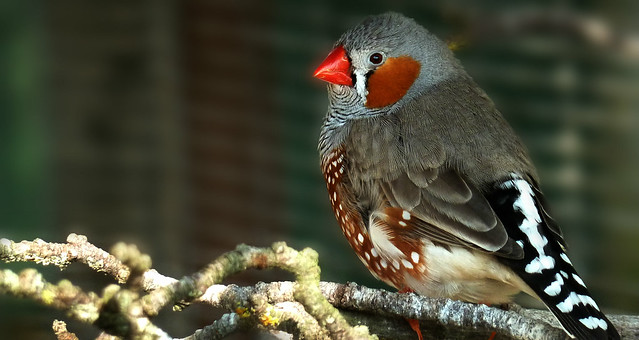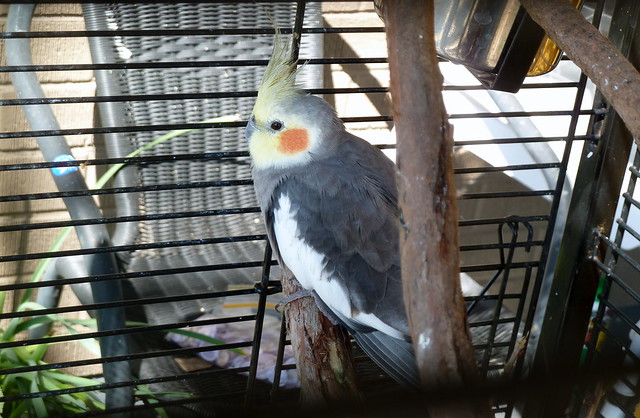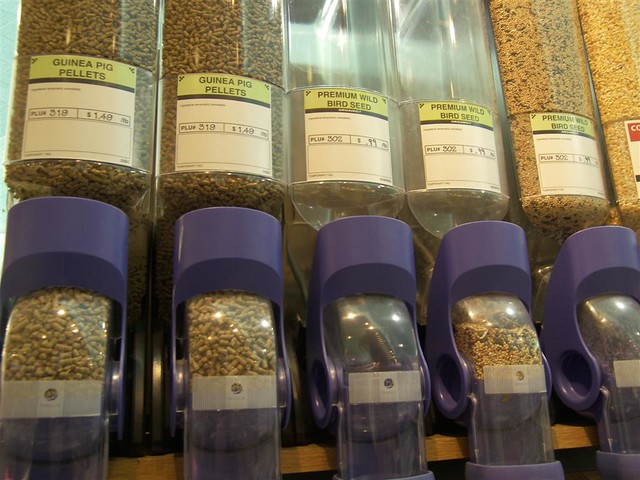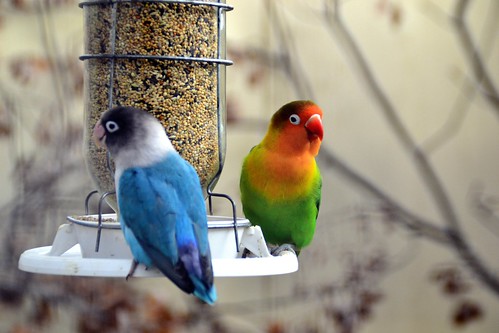 |
| John James Audubon - American Stork (Photo credit: Wikipedia) |
Pick up a field guide and you'll notice that many birds seem to have been named after people. One could imagine that Mr. Bartlett must have been particularly fond of the Amazonian tinamou with which he bequeathed his name. And Mr. Gould must have been especially diligent, or possibly somewhat egotistical, given the existence of the Gould's Frogmouth, Gould's Inca, Gould's Jewelfront, Gould's Petrel, Gould's Shortwing, Gould's Sunbird, and Gould's Toucanet. But who are these people whose legacy resides in bird species, large and small?
A German-born naturalist, zoologist, explorer, and physician, Georg Wilhelm Steller explored much of the coast of Alaska and eastern Russia. During expeditions to the Kamchatka Peninsula and the Bering Sea, Steller lent his name to the Steller's Jay, Steller's Eider, and Steller's Sea-Eagle. He also named several marine mammals, including the extinct Steller's Sea Cow, a slow-moving behemoth whose limited range proved to be the source of its demise, and the Steller's Sea Lion, a regal pinniped whose population decline is mimicking that of its similarly-named cousin.
 |
| 1940 John James Audubon stamp (Photo credit: Wikipedia) |
Alexander Wilson
Alexander Wilson is considered to be one of the greatest ornithologists and naturalists who lived in the time before esteemed heavyweight John James Audubon. Wilson was a Scottish poet, illustrator, and naturalist who embarked on an illustrated guide to North American birds in 1802. His efforts produced nine volumes illustrating 268 species, 26 of which had never been described. He is remembered in the names of the Wilson's Storm-Petrel, Wilson's Plover, Wilson's Phalarope, Wilson's Snipe, and Wilson's Warbler.
John James Audubon
Perhaps one of the most recognizable names in ornithology, John James Audubon lent his name to the Audubon's Oriole, Audubon's Shearwater, and the Audubon's Warbler, a race of the Yellow-rumped Warbler. He was also the namesake for the National Audubon Society, the world-renowned American conservation nonprofit. Audubon was an accomplished painter, and his book of stunningly detailed, hand-colored bird prints, Birds of America, has been regaled as the greatest picture book ever produced.
 |
| John Cassin. (Photo credit: Wikipedia) |
With nine birds named after him, John Cassin has the honor of being the person with the most avian namesakes. Cassin was an American ornithologist and the country's first taxonomist in the mid-1800s. He described almost 200 bird species, even during the age of two other fathers of ornithology, John James Audubon, and Alexander Wilson. Like Audubon, Cassin produced several books of colorful engravings and thoughtful descriptions and provided taxonomical reviews of bird families to the Philadelphia Academy of Natural Sciences, for which he acted as curator.
Swainson was an English ornithologist and all-around naturalist in the early 1800s. Son of John Timothy Swainson, who was an original member of the prestigious Linnean Society, one could assume that young William became a scientist early. However, a speech impediment and illness forced the young naturalist to end his formal education prematurely, and he became a customs clerk and toured Italy in the Army. In 1816, one year after he became a Linnean Society fellow, Swainson traveled to Brazil, where he documented and produced a detailed drawing of thousands of animals and plants.
Later in life, Swainson moved to New Zealand, where he continued his zoological studies. Swainson left his name to the Swainson's Hawk, Swainson's Flycatcher, Swainson's Sparrow, Swainson's Spurfowl, Swainson's Thrush, and Swainson's Warbler.
|















